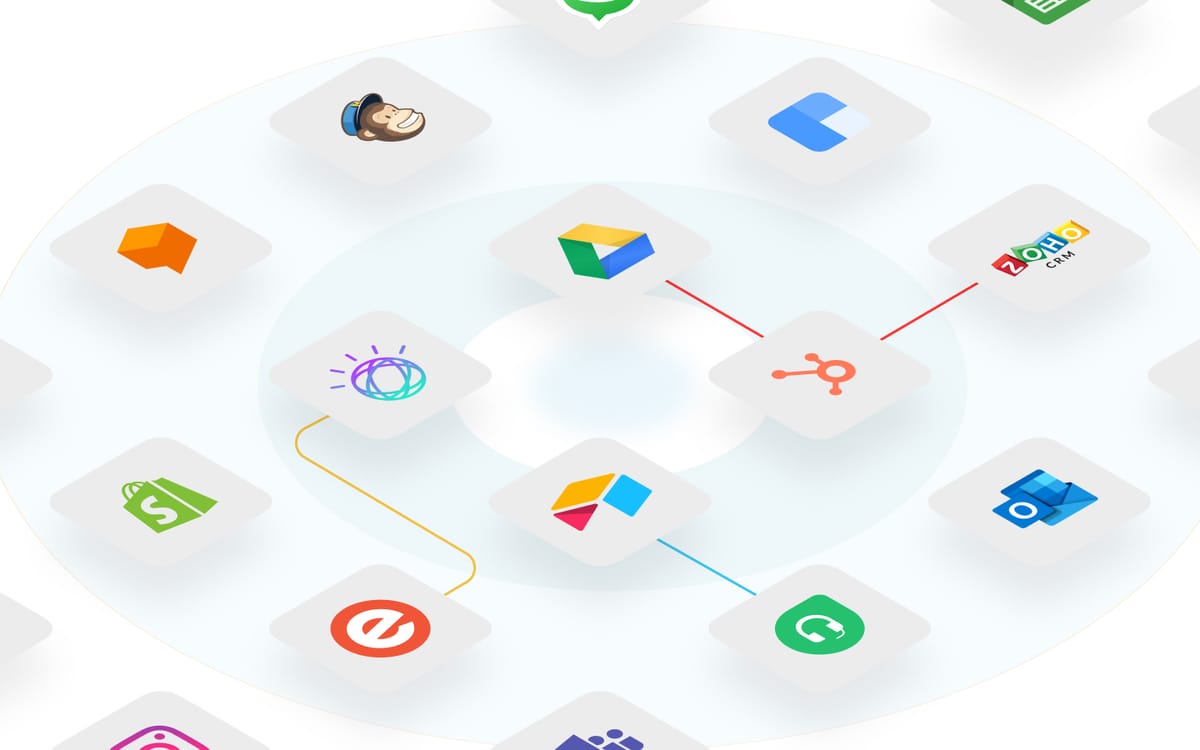In the modern IT landscape, businesses rely on diverse applications and services to achieve their goals. Ensuring these systems communicate and collaborate effectively is critical for operational efficiency. Application Integration Modules provide the foundation for connecting disparate systems, enabling seamless data exchange, and automating workflows. This article explores the importance of application integration, key module types, and best practices for implementation.
What Are Application Integration Modules?
Application Integration Modules (AIMs) are middleware components or software tools designed to facilitate communication and data sharing between different applications or systems. By acting as intermediaries, these modules streamline processes, eliminate data silos, and enable organizations to create unified ecosystems.
AIMs can be standalone tools, components of integration platforms, or custom-built solutions tailored to specific use cases.
Core Functions of Application Integration Modules
- Data Transformation
Converts data from one format to another to ensure compatibility between systems. - Message Routing
Directs messages or data to the appropriate application based on predefined rules. - Protocol Mediation
Bridges communication protocols (e.g., HTTP, FTP, MQTT) to allow systems with different standards to interact. - Workflow Automation
Orchestrates processes across multiple applications, reducing manual intervention. - Error Handling and Logging
Monitors data flows, identifies issues, and logs events to support troubleshooting and reliability.
Types of Application Integration Modules
- Point-to-Point Integration
Direct connections between two systems, typically used for simple use cases. Example: Linking a CRM system with an email marketing tool for automated campaign triggers. Challenge: Becomes unmanageable as the number of integrations grows.
- Hub-and-Spoke Integration
Centralized hub that connects all applications, reducing the complexity of multiple point-to-point integrations. Example: An integration platform connecting ERP, CRM, and inventory systems. Benefit: Easier to manage and scale.
- API-Based Integration
Leverages APIs to connect systems in a flexible and scalable manner. Example: Using REST APIs to integrate a payment gateway with an e-commerce platform. Benefit: Ideal for cloud-native and microservices architectures.
- Event-Driven Integration
Triggers workflows or data exchanges in response to specific events. Example: A warehouse management system updating inventory levels after a purchase. Benefit: Real-time responsiveness and decoupled architecture.
- ETL (Extract, Transform, Load) Modules
Used for data integration in analytics or reporting workflows. Example: Extracting sales data from multiple sources, transforming it into a standard format, and loading it into a data warehouse. Benefit: Efficient for batch processing and data analysis.
Benefits of Application Integration Modules
- Operational Efficiency
Automation reduces manual tasks, minimizes errors, and accelerates processes. - Improved Data Consistency
Integration ensures data synchronization across systems, enhancing accuracy and decision-making. - Enhanced User Experience
Unified systems provide a seamless experience for both customers and employees. - Scalability
Modular integration approaches enable businesses to add new applications without disrupting existing workflows. - Cost Savings
Reduces the need for redundant systems and minimizes downtime due to improved interoperability.
Best Practices for Implementing Application Integration Modules
- Understand Business Goals
Identify the key workflows and data flows that need integration to prioritize efforts effectively. - Choose the Right Tools
Evaluate integration platforms or tools based on your scalability, performance, and compatibility requirements. - Leverage APIs
Whenever possible, use APIs for modern, flexible, and future-proof integrations. - Design for Scalability
Plan for growth by adopting modular integration patterns like hub-and-spoke or event-driven architectures. - Implement Robust Error Handling
Ensure your modules include logging, monitoring, and retry mechanisms to handle failures gracefully. - Secure Your Integrations
Protect data in transit with encryption, and enforce strict access controls to prevent unauthorized access. - Test Thoroughly
Validate integrations in test environments to ensure reliability and performance before deployment.
Challenges in Application Integration
- Data Silos
Legacy systems may resist integration due to incompatible formats or lack of APIs.
Solution: Use data transformation modules or API gateways. - Latency and Performance
Complex integrations can introduce delays.
Solution: Optimize message routing and minimize data transformation steps. - Maintenance Overhead
Managing multiple integrations can become burdensome.
Solution: Centralize integrations using an integration platform.
Popular Tools for Application Integration
- MuleSoft Anypoint Platform
A comprehensive platform for API-led integration and workflow automation. - Apache Camel
An open-source integration framework for routing and mediation. - Zapier
A user-friendly tool for automating workflows between web applications. - AWS Step Functions
A serverless orchestration service for event-driven integrations. - Microsoft Power Automate
Simplifies integration and workflow automation for Microsoft and third-party applications.
Conclusion
Application Integration Modules play a pivotal role in uniting diverse applications into cohesive, efficient systems. By leveraging these modules, businesses can streamline operations, enhance data flow, and respond quickly to evolving needs. Whether you’re connecting legacy systems or building cloud-native applications, adopting robust integration patterns and best practices ensures a future-ready IT ecosystem.

